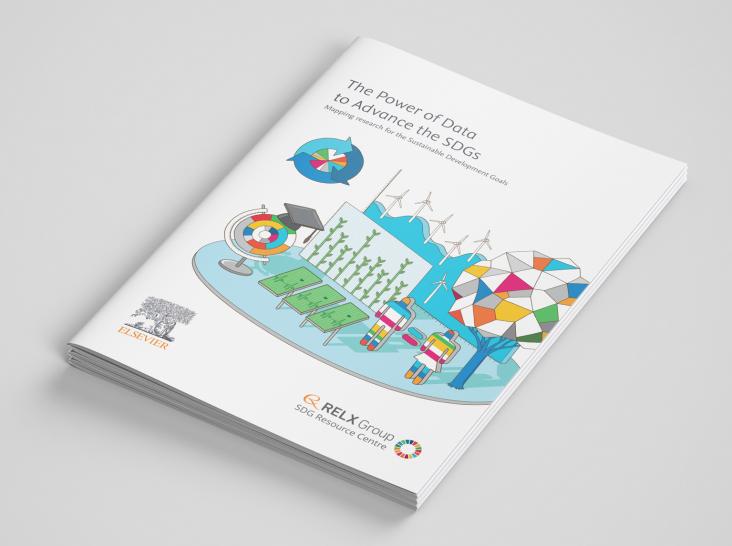Policymakers continue to contend with the challenge of measuring and classifying schools concerning educational resources, which makes it difficult for policy development and implementation towards efficient allocation of the scarce resources available to education managers. This study, therefore, sought to estimate the extent of educational resource deprivation among Basic Schools in Ghana and find out its effect on the delivery of quality education.
The cascading effects of biodiversity decline on human well-being present a pressing challenge for sustainable development.
The authors evaluate shifts in water reservoirs (i.e. atmospheric versus terrestrial and underground water storage). Projections indicate water storage deficits in most Southern Hemisphere basins during the summer.
Pakistan's water resources experiencing mounting pressure. UN SDG 6 provides a roadmap for achieving sustainable water management. Long-term planning and community engagement are key to success. Policy recommendations include efficient pricing and climate change integration.
The authors put forward a mathematical model for examining the impact of water, sanitation and hygiene (WASH) services on reducing the transmission of waterborne diseases such as enteric diarrheal disease (EDD). It is found that wastewater and sewage treatment (WST) control has the most significant impact in terms of WASH interventions employed. The findings have could have very important public health potential and tie in strongly with the goals of SDG 6.
This study supports SDGs 3, 6, and 14 by highlighting the importance of freshwater biodiversity for human and planetary health, and suggesting that local and regional efforts for monitoring and improving ecosystem health are essential for reversing the current crisis in this area.

As we pass the halfway point for the SDGs, many of the goals are worryingly off track and progress on 85% of the target indicators has stalled or even reversed. Through our information, products and people, RELX remains committed to advancing the Goals. Here are some of the ways that we continue to support their achievement.

Access to information is critical in achieving the SDGs - empowering the public to make decisions, informing policy making and enabling effective implementation and monitoring. RELX businesses regularly produce and publish free to download reports and analytics that draw upon vast amounts of information and data in support of the SDGs. Explore some of the reports and tools developed to date.
Global challenges such as climate change, limited resources, and an ever-growing world population demonstrate a perceptible impact on the lives of people around the globe. To tackle the arising issues and to enable peace and prosperity in the future, the United Nations (UN) have defined 17 interlinked sustainable development goals. A major facilitator to achieve these goals is considered through education. Consequently, higher education institutes have started to align their curricula with sustainable development.
The paper outlines how we may advances in observational technologies with developments in water quality modelling to integrate simulation of eutrophication impacts with organic matter dynamics and fate of synthetic toxic compounds.
